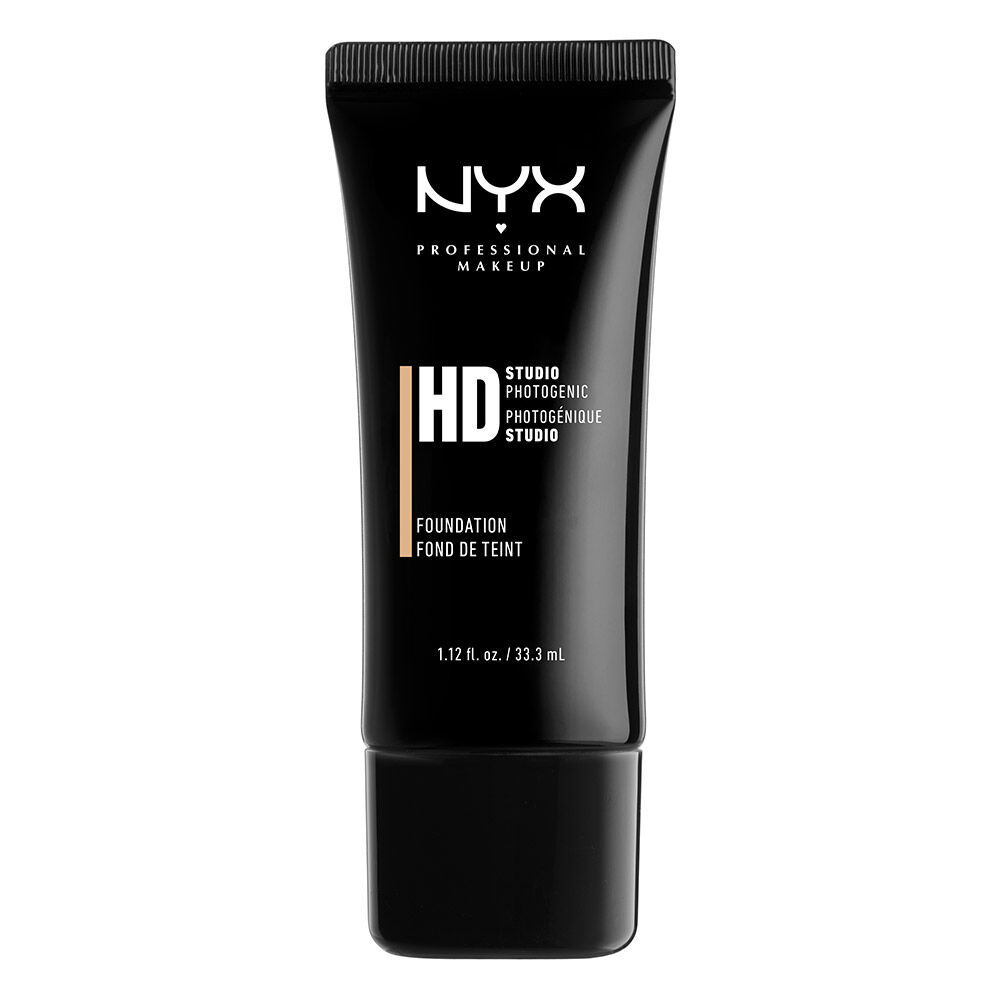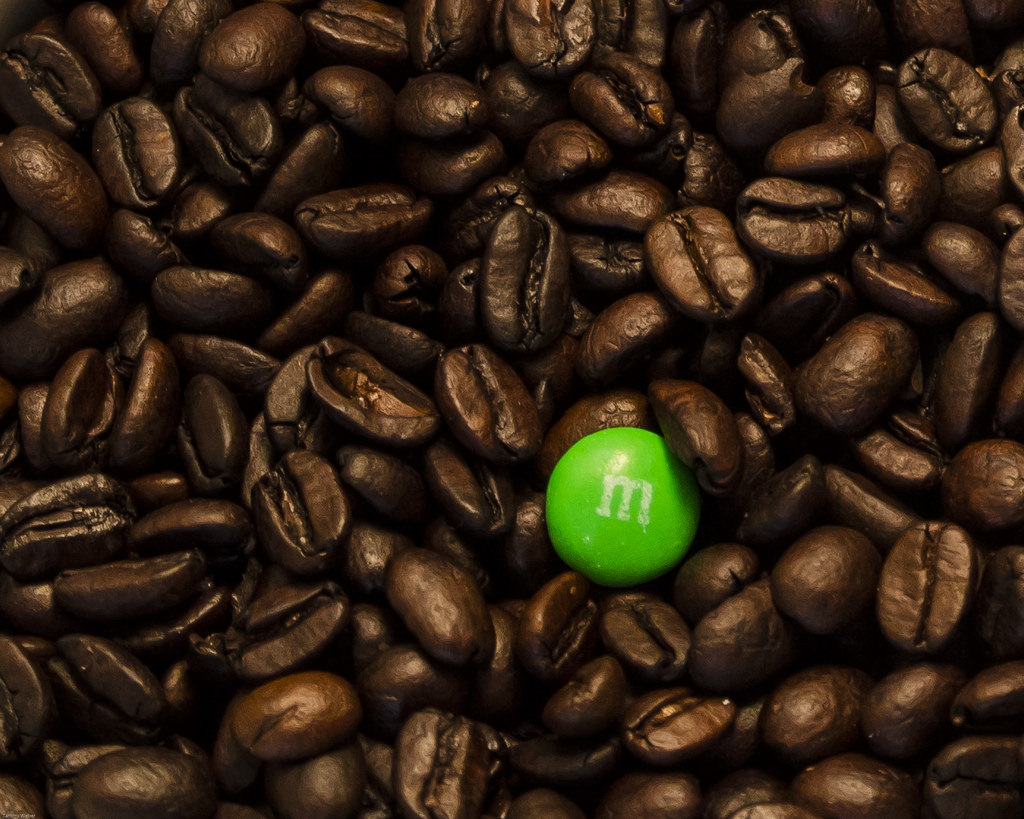

(1977) asked participants to rate adjectives (e.g., “confident”) and then tested their memory on these adjectives. For instance, the self-reference effect, a well-known phenomenon, indicates that information related to oneself is better recalled than other information ( Rogers, Kuiper, & Kirker, 1977). Indeed, numerous studies have shown that individuals are highly sensitive to stimuli relevant to the self. Self-face is an important aspect of self-representation. Most individuals check their faces in the mirror every morning and take opportunities to view themselves throughout the day. The self-face is one of the most important visual images to people. The bias of self-face recognition may reflect different memory processes for the self and others. We found that there were no significant differences across gender, and the mirror reversal did not change the participants' selections.

In Experiment 3 (N = 22), more male participants were included and the influence of gender and mirror-reversed images were examined. However, participants tended to select pictures of themselves with magnified eyes and shrunken mouths more often than for their classmates. Participants selected their classmates' real faces to a greater degree than the modified faces. The results showed that there were significant differences between memories of their own and others' faces. We asked the students to select the picture that seemed most like their classmates' real faces or their own real face. We then magnified or shrunk the size of their eyes (Experiment 1 N = 10) and their mouths (Experiment 2 N = 10). We took photographs of students who were in the same university course and were familiar with one another. In the present study, we hypothesised that the self-face is memorized more beautifully than reality, which may result in reports of being not photogenic. Many people complain that they do not photograph well.


 0 kommentar(er)
0 kommentar(er)
